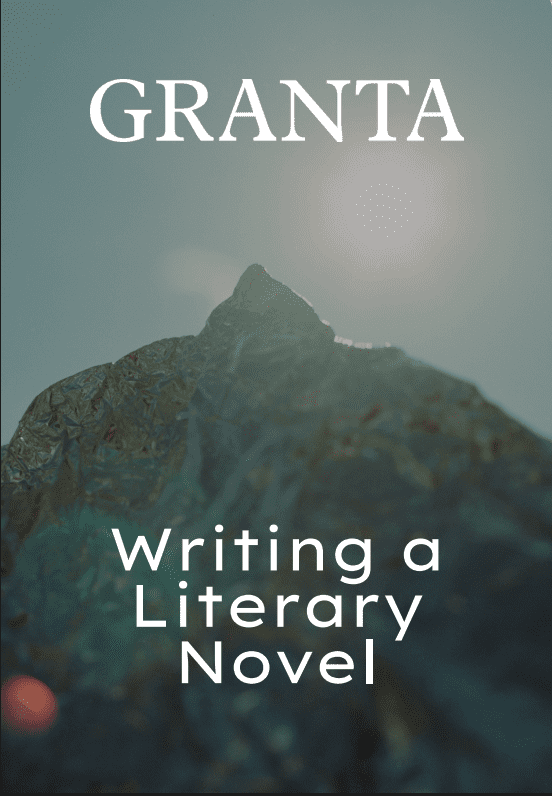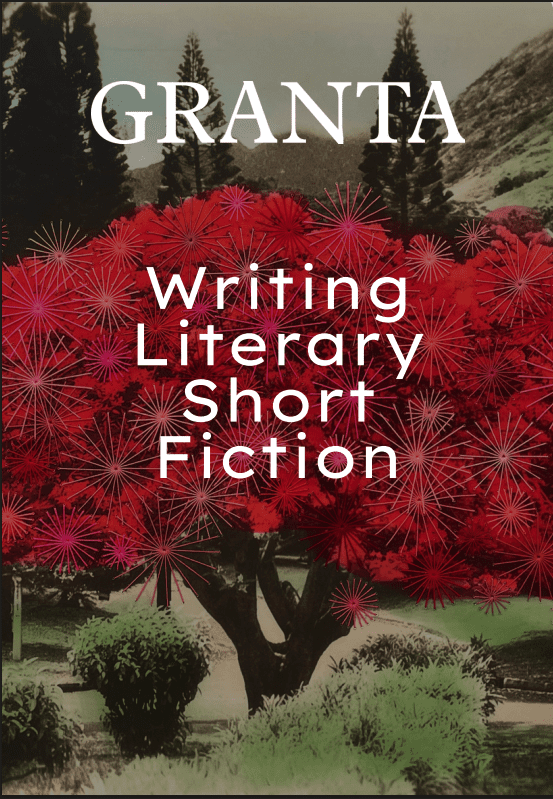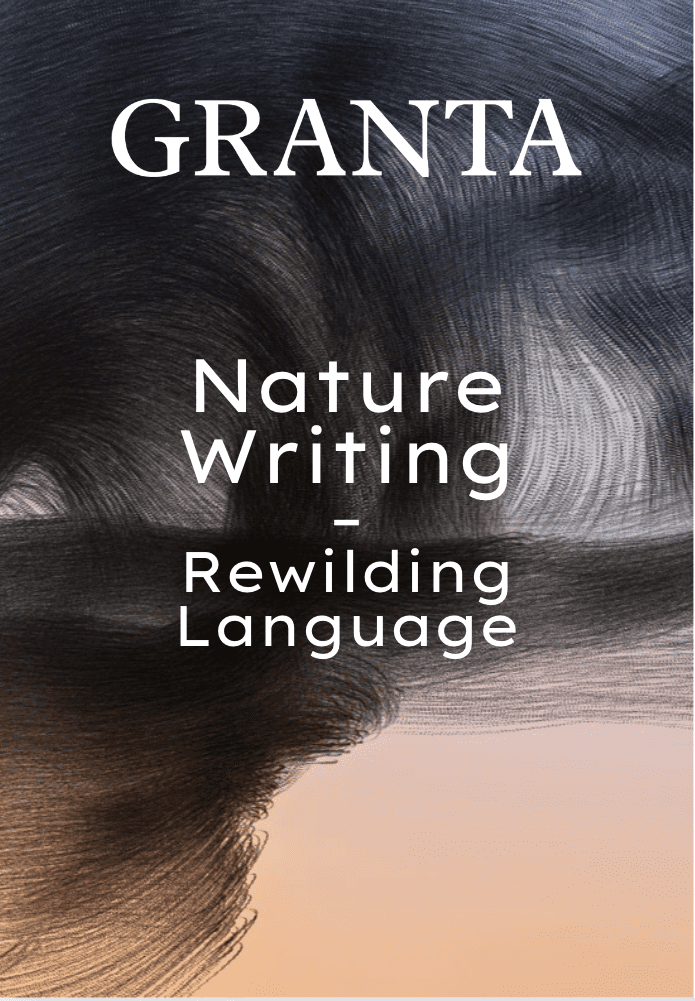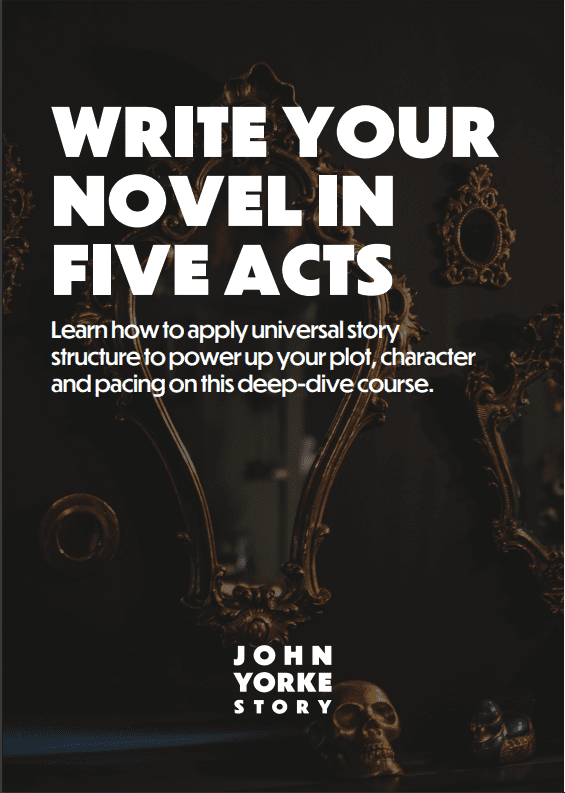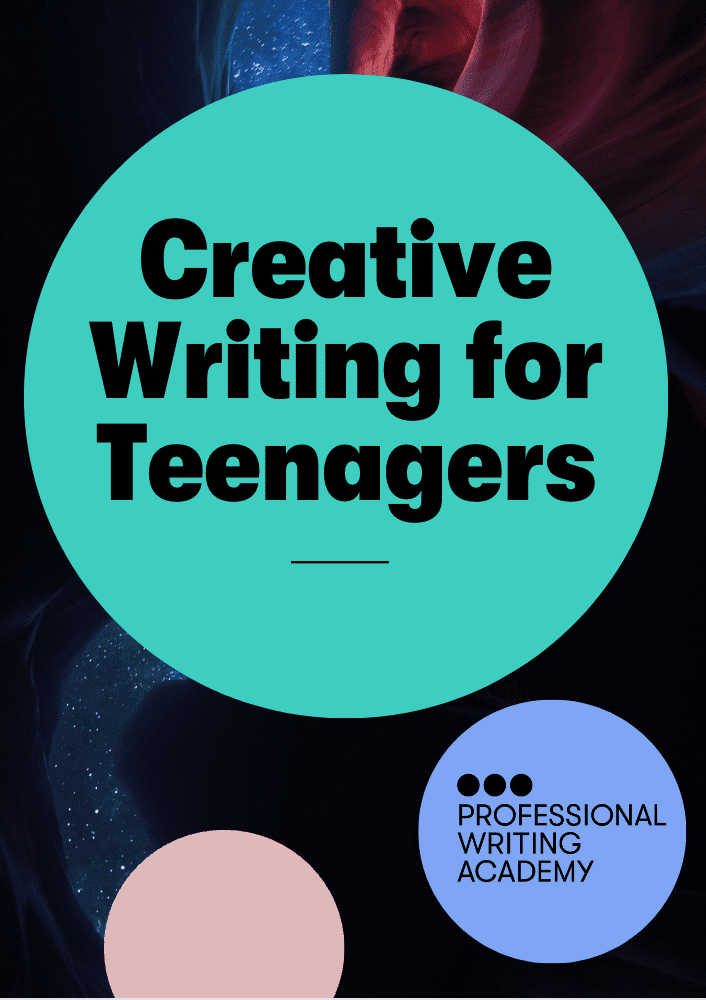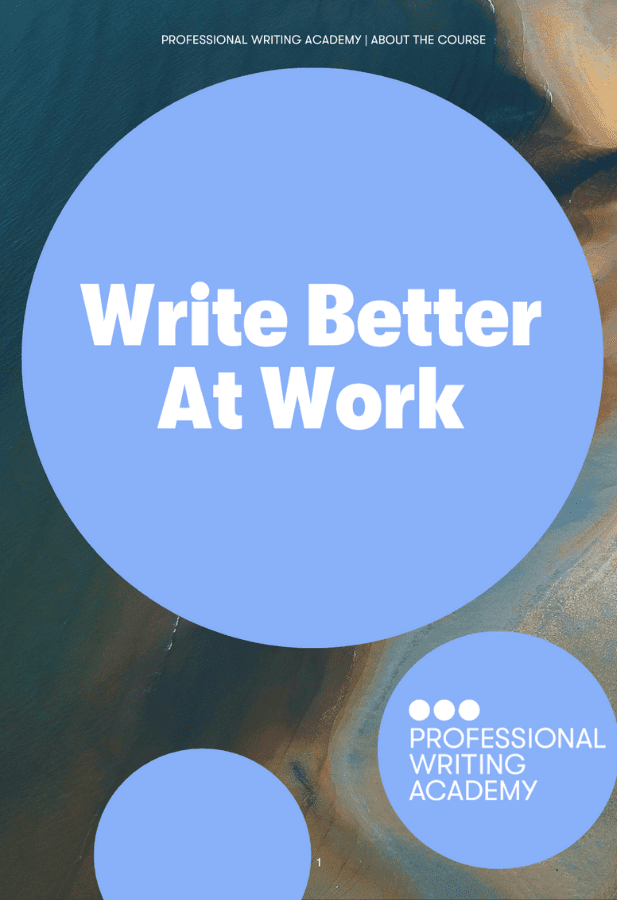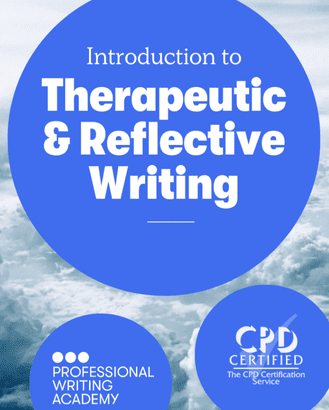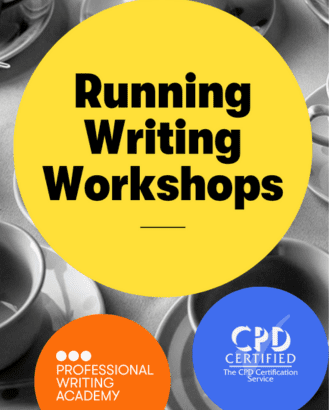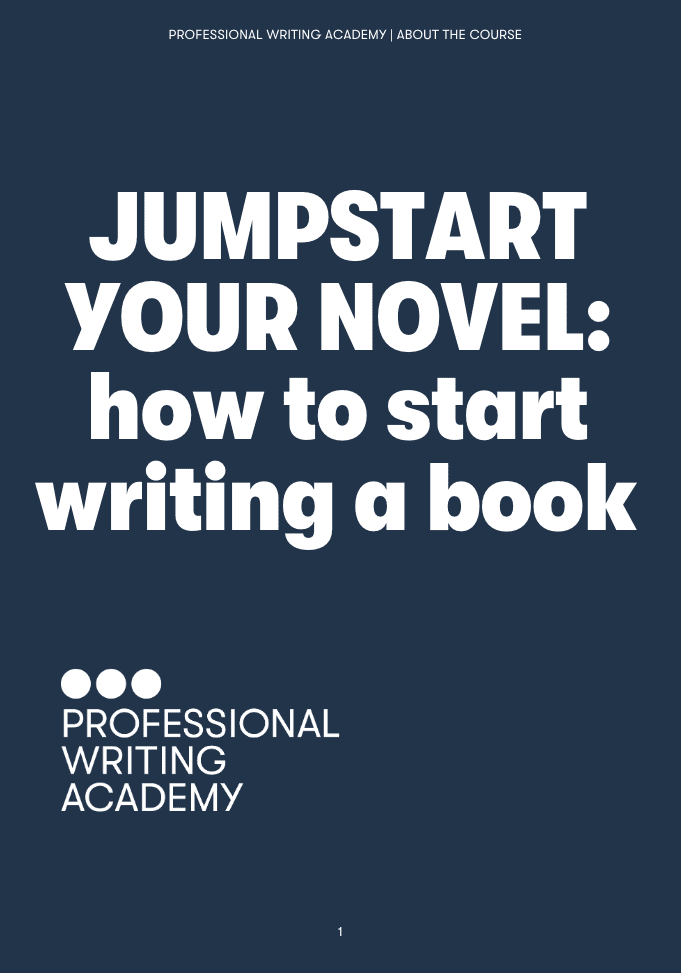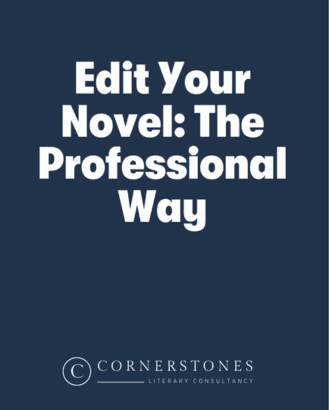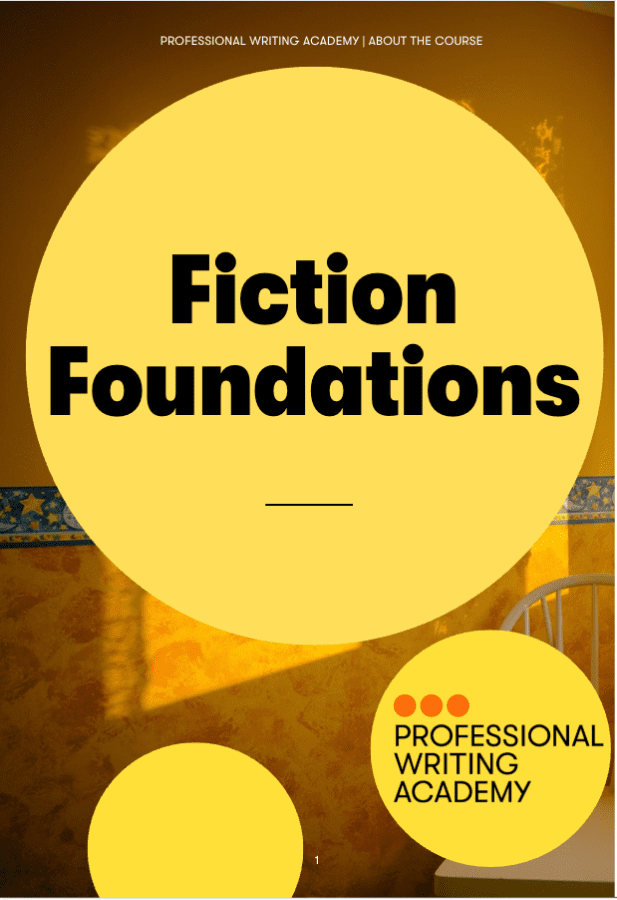It’s no secret that writing a novel is difficult, and there are just so many pressing concerns in our day-to-day lives that writing can often take something of a back seat. For those of you who need some incentive to get started, National Novel Writing Month is for you.
To help you prepare, Camp NaNaWriMo offers a space for all participants to get together, write and support each other.
Writing Romance Course Director Heidi Rice and PWA tutor Julia Crouch are both published authors who have taken part in NaNoWriMo, and they share their experiences and tips for getting the most out of the process.
Why take part in NaNoWriMo?
Julia, author of five published novels including Her Husband’s Lover and Cuckoo, first tried NaNoWriMo after taking a couple of online writing courses with the Open University.
“I had written a couple of short stories and I wanted to have a go at a novel”, says Julia, “but I didn’t want to spend a whole year finding out I couldn’t hack it. My Open University tutor John O’Donoghue told me about NaNoWriMo and it seemed like a wonderful, economical way of finding out”.
Heidi, author of 25 published novels including So Now You’re Back and Summer at Willow Tree Farm, has participated in four iterations of NaNoWriMo.
“I adored the idea of attempting to write a novel in a month”, Heidi says. “How cool would that be! Writing generally is very solitary work, but I’m a sociable person so the idea of getting support and tips from other writers also really appealed to me”.
“They do write-ins locally which I haven’t yet been brave enough to try”, says Heidi, “but I might this year. I also thought it would really help with my productivity.
I’ve always found the rough draft of a novel by far the hardest thing to write, so it seemed like it might be good discipline for me to learn how to write without editing for a whole month”.
After a couple of unsuccessful attempts, last year I aced it and I hit the 50,000-word mark on Day 26. I was so proud of my achievement and I truly enjoyed it.
– Heidi Rice
How was it?
“The first time I attempted NaNoWriMo”, says Heidi, “it didn’t go perfectly. I hit a snag with the manuscript after a week, crashed and burned and then spent the rest of the month re-writing the words I had.
The next year I did much better, but I still only hit 17,000 words. That said, they turned out to be good words, so I wasn’t disappointed.
Last year, though, I aced it – averaging 2,000 words a day, come rain, shine or a weekend trip to Manchester, and I hit the 50,000-word mark on Day 26. I was so proud of my achievement and I truly enjoyed it”.
“I really enjoyed the whole process” says Julia.
“The immersion in the story, writing at great speed in snatched moments to meet the daily word count and the way you are part of a massive online and in-real-life community (there are local “Municipal Liaison Officers”, who organise local meet ups) were a massive support to my first steps into long-form fiction”.
“My second NaNovel was Cuckoo — my first is still languishing on my hard drive — and that got me an agent and a three-book deal”, Julia says.
“I must emphasise, though, that I worked very hard on it for a year after November 2008 (and added another 60,000 words), before showing it to a single other soul. That’s the thing about NaNoWriMo — it won’t get you a finished novel, but it’ll give you a huge head start in getting there”.
The great thing about NaNoWriMo is that it gives you permission to write really badly – the watchwords are quantity not quality.
– Julia Crouch
What’s the benefit?
“Drafting is the scariest part of the process for me”, Julia says. “Once I have a “Draft Zero” — so-called in NaNoSpeak because it’s not worthy of the title “First Draft” –—I love to shape and edit and mould the words to make something better.
The great thing about NaNoWriMo is that it gives you permission to write really badly — the watchwords are quantity not quality.
That’s incredibly liberating if you are, like 98% of writers (and, arguably, all good writers), prey to the “inner critics” who sit on your shoulder and ask you why on Earth you ever had the temerity to think you could actually write.”
“The speed of output and your pledge to meet your publicly visible word target just don’t allow them the space to rear their ugly heads. It made me realise that novels have a rhythm, too. I learned so much about story arcs, writing so quickly and bringing it to an end in 50,000 words”.
Now, when I’m doing a rough draft of a novel I try to stick to that NaNoWriMo-inspired 2,000 words a day mark.
– Heidi Rice
Heidi says, “perhaps the biggest boon for me was discovering that I can write really fast when I put in the effort and don’t allow myself to get side-tracked. The words aren’t always great words, but that doesn’t really matter with a rough draft — it’s in the editing that the magic happens for me”.
“I can get very dispirited when I’m slogging through the first draft and know most of it is terrible,’ says Heidi, ‘and that can often cause me to either stop writing or write very little. My NaNoWriMo experiences helped give me the discipline to keep writing even when the crows of doubt are trying to peck my eyes out”.
“Now”, Heidi says, “when I’m doing a rough draft of a novel I do try to stick to that NaNoWriMo-inspired 2,000 words a day mark. Also, I spent over 20 years as a journalist before I became an author, and in journalism, you have weekly, daily, and even hourly deadlines.
NaNoWriMo gives you that same structure as an author, with word count goals that really helped me to hit my deadlines”.
You can find the time – you may get up an hour earlier, or write in your lunch hour or forgo a couple of hours’ TV, but the time is there.
– Heidi Rice
What are your top tips for NaNoWriMo participants?
“There are six things I’d say to anyone looking to take up the challenge”, says Julia.
Prepare
“Firstly, prepare. Have a starting idea, situation, character or location. Start turning these over in your mind a month or more beforehand. Traditionally, NaNoWriMo has been about pantsing – writing by the seat of your pants, i.e. not outlining at all – and I would recommend that you at least give this a go”.
“Writing at that speed with no real outline is such fun! The characters and situations really do take you over at times, and you end your writing day in a completely different place from where you thought you were going to be.
Also remember that after November, you have the rest of your life to sort out a structure. Enjoy the process of discovery of pantsing – it works for Stephen King!
Keep up
O’nce you’ve started, keep up. Try to stay on target by writing at least 1,700 words every day. Break it down into 250-word chunks, if that helps. You can find the time – you may get up an hour earlier or write in your lunch hour, or forgo a couple of hours’ TV, but the time is there.
‘Believe me – when I did NaNoWriMo, I was working full time as a graphic designer and I had three school-age children, a largely absent actor husband and an old friend who I visited in a care home every day.
Put the thing away, then print it out and edit after the New Year. Then spend at least until the next November producing a proper draft.
– Julia Crouch
Remember it’s your first
“Keep in mind that it’s just a crappy first draft. Agents quake on 1 December because so many badly formed NaNovels will be arriving in their inboxes from writers all caught up with enthusiasm for their projects.
“Put the thing away, then print it out after the New Year. Put it in a ring binder, sit by the fire (if in the Northern Hemisphere), take a big red pen, read your novel through and scribble endless notes on what to expand, exclude, cut and alter. Then spend at least until the next November producing a proper draft.
Read writing books
“Make sure to get yourself fired up by reading books on writing — starting with NaNoWriMo founder Chris Baty’s No Plot? No Problem! — it’s a great introduction to the ethos behind it. After Cuckoo was published, I made a pilgrimage to Berkeley to meet Chris and the team and was made mightily welcome.
Chris then came and stayed with me in Brighton and gave a talk to a packed-out venue. For more on “shitty first drafts”, read Anne Lamott’s wonderful book, Bird by Bird — she has a whole chapter on them”.
Get involved
“Don’t be afraid to reach out and connect with both the online and real-life NaNoWriMo community – some of my best memories involve write-ins, where we sat in pubs with our laptops, taking breaks every couple of hundred words. We even had an all-nighter in Brighton one year.
I had some scenes in New York, so I was able to ask the NY group about what restaurant one of my characters might go to”.
“Oh, and finally, enjoy it!‘
Don’t worry about the quality, the structure, etc. All of that can be sorted out in the edits, but do try to write every day.
– Heidi Rice
Final thoughts
As a NaNoWriMo veteran, Heidi also has advice for those looking to dive into the process:
“Remember, you can’t change your process as a writer — you can only refine and develop it, and that’s what NaNoWriMo can help you with.
With that in mind, it’s an excellent discipline to learn to write every day, no matter how much or how little you manage to get down on paper, simply because that helps you become much better acquainted with your characters and their story”.
“Don’t worry about the quality, the structure, etc. All of that can be sorted out in the edits, but do try to write every day. Also, I wouldn’t worry too much about the word count.
Obviously, the goal is 50,000 words, and if you can manage the average of 1,600 words per day to reach that, then that’s terrific, but that’s really just to incentivise you. I’m sure most writers participating don’t cross the finish line – a lot of things have to align for that to happen”.
“Some of those who do finish may well have a pile of crap on their hands (like moi). The good news is that doesn’t matter, because with NaNoWriMo, winning really isn’t as important as taking part”.
***
Heidi has more tips included in her blog post on her NaNoWriMo journey last year.
Feature image courtesy of National Novel Writing Month.






